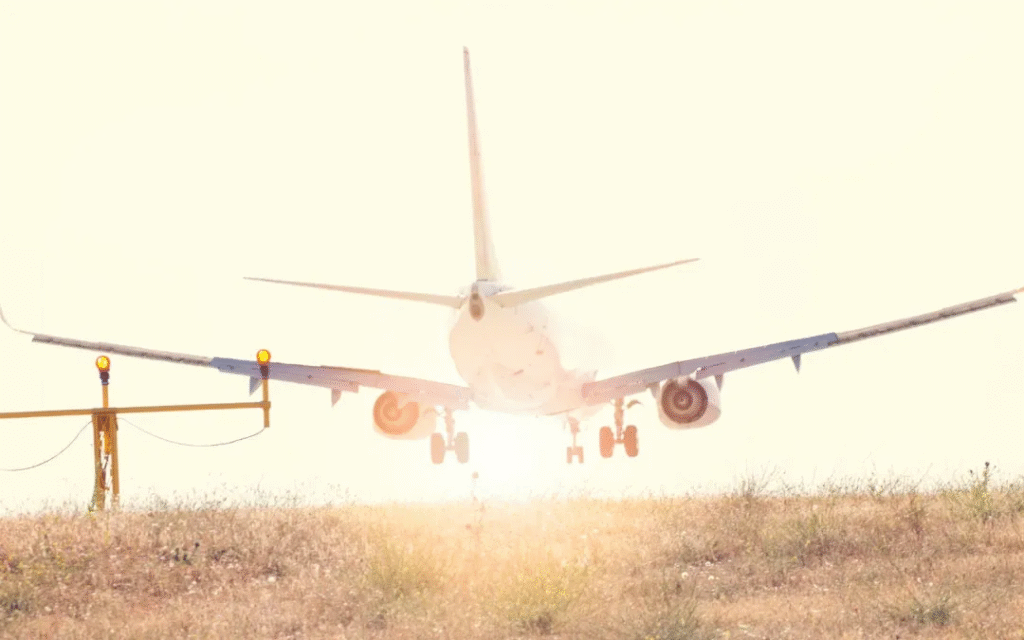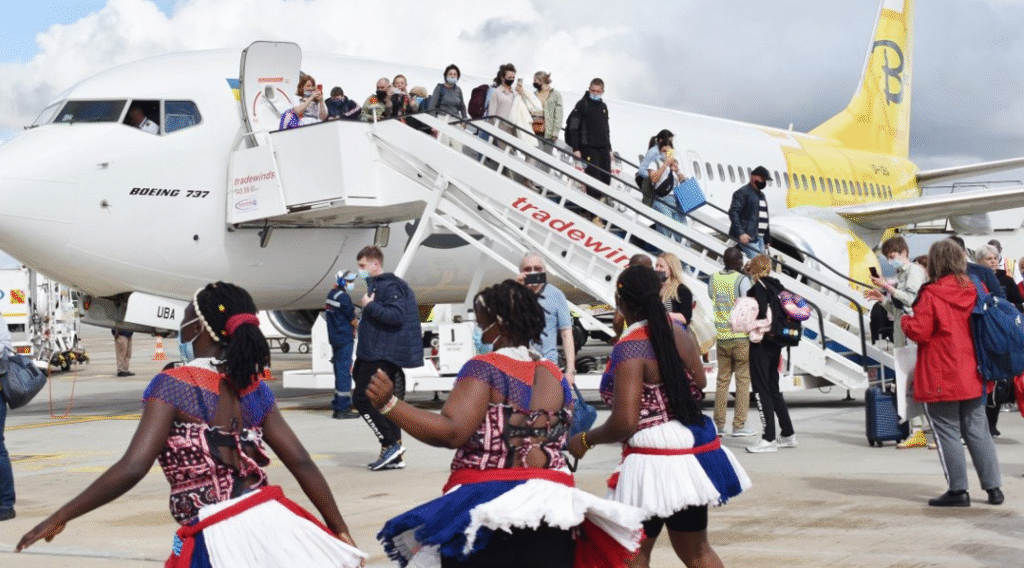Kenya’s aviation industry sustained its recovery in 2024, with steady gains in passenger volumes, international connectivity, and sector capacity, according to the 2025 Economic Survey released by the Kenya National Bureau of Statistics.
Passenger Numbers on the Rise
In 2024, Kenya’s commercial air passenger traffic increased by 5.1%, reaching 12.83 million. This growth was driven primarily by a 9.6% rise in international passengers, totaling 7.28 million. Domestic traffic remained stable at 5.32 million passengers.
The international passenger growth was fueled by new and resumed flight services. Key developments included the return of Brussels Airlines and Kenya Airways’ launch of a direct route between Nairobi and Maputo. Other heavily trafficked routes included Nairobi to destinations such as Brussels, New York, Bangkok, Kilimanjaro, and Mogadishu. Mombasa’s Moi International Airport also recorded higher passenger volumes, particularly on flights to Dubai, Zanzibar, and Addis Ababa.

Aircraft Movements Slightly Up
Aircraft movements—which include take-offs, landings, and overflights—rose slightly by 1% to 360,723 in 2024. International movements saw a 4.9% increase, while overflights rose 1.7%. Domestic movements, however, experienced a slight decline to 206,315.
Cargo and Mail Transport Trends
Total cargo handled at Kenyan airports dropped by 1.7%, totaling 372,993 tonnes. Moi International Airport saw a significant 64.3% increase in cargo to 4,806.6 tonnes, whereas JKIA recorded a decrease to 364,822 tonnes. Mail volumes continued their decline, falling from 600.5 tonnes in 2023 to 594.5 tonnes in 2024.
Economic Impact and Industry Performance
The air transport sector’s contribution to the economy grew notably, with the value of output rising by 9.7%—from KSh 319.9 billion in 2023 to KSh 350.9 billion in 2024—highlighting its increasing economic role.
Licensing and Training Developments
There was a 5.3% rise in aviation licenses issued, reaching a total of 13,727. Notable increases include:
- Commercial Pilot Licenses: 2,159
- Air Transport Pilot Licenses: 1,663
- Student Pilot Licenses: 3,813 (up 4.8%)
- Aircraft Maintenance Engineers: 1,151 (up 8%)
- Flight Dispatcher Licenses: 477 (up 12%)
- CAA Inspectors and Air Traffic Controllers: 348 (up 13%)
Aviation Infrastructure and Operators
Kenya continued to operate 8 international airports, 23 regional/domestic airports, and 435 airstrips in the Class C+ category. The number of scheduled airlines remained at 81, with 77 holding active Air Operator Certificates and 74 recognized as Approved Maintenance Organizations.
Jet Fuel Demand Reflects Recovery
Jet fuel consumption mirrored the aviation sector’s rebound. Demand for jet (turbo) fuel grew by 9.9% to 735.5 thousand tonnes, while aviation spirit consumption jumped by 69.2% to 2.2 thousand tonnes—primarily due to increased international air traffic.
Domestic aviation fuel sales rose to 722.9 thousand tonnes in 2024, up from 668.9 thousand tonnes the previous year, representing 13.9% of all petroleum sales, second only to road transport. Jet fuel throughput through the Kenya Pipeline Company also increased by 2.5% to 972.5 thousand cubic metres. Re-exports of jet fuel also climbed, particularly to destinations in the UAE and the United States.



